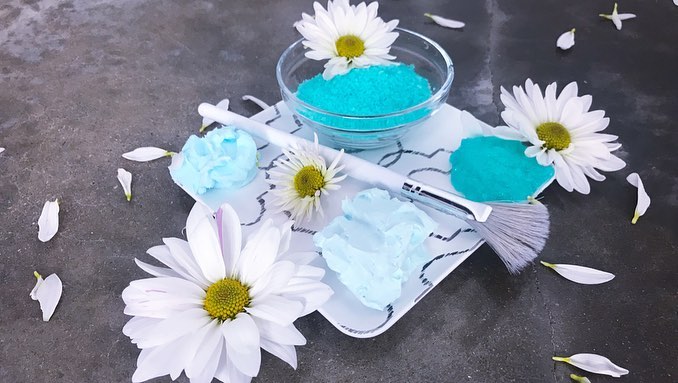It’s generally recommended that pets not be left in the sunlight or outside on the heat for long periods of time. Though this advice is common knowledge for humans, there are still many cat owners who are unaware that the watering hole is a major infestation hub for various mosquito species, and the possibility of this scenario is high. Moreover, a minor scratch or bite becomes catastrophic if the end result occurs.
Nails can be one of the most devastating parts of cat’s health. From small scratches to those that lead to cut injuries, short or long nails are often the route to destruction.
When your cat is pale, sore, or lethargic, it is a sign of nails. Remember that your cat’s nails form the artificial walls that hold its claws. Nails are really critical to the cuticles and can lead to disasters in an emergency situation. In both cases, the immediate removal of the nails is the best advice you can give your cat.
Ideally, your cat will manage with a short, toothy, and bushy-tailed nose that looks like mangy lemurs. The areas of nails with the longest nails should be kept below six inches. If your cat is more brittle or his nails are scruffy or scrawny, it is advisable to have them trimmed as soon as possible. The best way to groom your cat is with a special mitt or clip that fits inside a tissue. However, be prepared to see your cat’s nails grow back, right?
Image Source: POPSUGAR Photography / Fabrice Coffrini
Getting ‘Shovelled’:
As everyone knows, teeth are the focal point of your cat’s personality, right? Well, the reason your cat’s teeth are huge is because he spends most of his days biting or chomping his way through other felines. To relieve the growing pains, a quick shoving of a healthy kitten’s mouth is the best option. It may take a few days for his lips to get swollen, but if your cat keeps a daily regimen, you can feel his teeth starting to come back to good health.
ADVERTISEMENT
If your cat is at the tippy top of his teeth, short little holes that can double as bridges are encouraged to fill up the space. Keep in mind that damage is often located around the beak areas and not around the first and second teats. This type of repair should not be hurt.
Image Source: POPSUGAR Photography / Fabrice Coffrini
Taking Care Of Your Cat’s Claws:
After your cat’s nails have been shushed, it is time to take care of his thickest whiskers — those at the back of the forepaws. When making this kind of transition, there are some things you should know:
Limit the amount of time your cat spends standing or lying down.
Keep your cat’s elbows, knees, and feet clean, and make sure he is not swallowing food or toys in a closed space.
Start walking over your cat’s giant claws every other day and your pet should not need to be injected.
Make sure that your pet never reaches over your cat’s back to scratch his back. That is a sign that the paw pads are likely dead, and that will result in a hefty amount of infection that may take weeks to treat.
Image Source: POPSUGAR Photography / Fabrice Coffrini
Once all these areas have been cleaned, it is time to take advantage of your friend’s claws!
Although scratching has a ton of benefits, it can also be an indicator of poor health, so keeping an eye on your feline friend’s scratching posts is of paramount importance. Why? Because every scratch is an indication of the problem. Get your cat to drop a lesion on his mouth in case something is going on.
If, later, you have found something wiggling around, ask your cat to sit down and rub that area of his body. If it’s just a scruff, you can let it go without comment. But if your cat scratches your skin, see what happens. Next time, treat him with either an anti-inflammatory cream or a topical antibiotic medicine.
Regardless of what the cause of the scratching is, it is so important to educate yourself on this need. The frequency of scratches can be responsible for a vast rise in cat pain, so make sure that your cat is happy and healthy before taking that step.


0 Comments on "How to Care For Your Cat’s Nails"